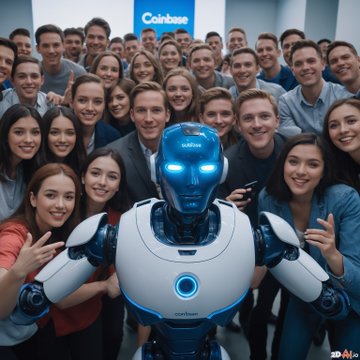
Get ready to be amazed by the world of generative AI. This cutting-edge technology is revolutionizing the way we create content, pushing the boundaries of what’s possible. But with great power comes great responsibility, and generative AI is no exception.
Imagine a creative partner who can not only brainstorm ideas but also bring them to life in various forms – that’s essentially what generative AI aspires to be. It’s a subfield of Artificial Intelligence (AI) focused on creating entirely new content, be it text, images, music, or even code.
Here’s how it works: Generative AI leverages a powerful technique called deep learning. Deep learning algorithms are like complex neural networks loosely inspired by the human brain. These AI models are trained on massive datasets of existing content. This data could be millions of news articles, libraries of paintings, or collections of musical pieces. As the AI sifts through this data, it identifies underlying patterns, recognizes relationships between different elements, and learns the statistical properties of the content.
Think of it like learning a new language. By analyzing massive amounts of text, you start to understand the grammar, vocabulary, and sentence structures. Generative AI does the same, but for different kinds of creative content. Once trained, the AI can use this acquired knowledge to generate entirely original content that adheres to the statistical patterns it learned from the training data. This allows generative AI to produce realistic news articles that mimic a specific writing style, design unique images inspired by existing artistic movements, or even compose a catchy jingle in the style of your favorite composer.
The key thing to remember is that generative AI doesn’t simply copy existing content. It utilizes its understanding of the underlying patterns to create entirely new and original works. However, the quality and originality of the generated content heavily depend on the quality and diversity of the training data.
The core concept behind generative AI is like learning a new language. The AI is trained on a vast amount of data, like text or images. It then learns the underlying rules and structures of that data. Once trained, the AI can use this knowledge to generate completely original content that follows those same rules.
The potential applications of generative AI are vast and exciting. Here are a few ways it’s transforming our world:
Generative AI isn’t without its challenges. Here are some things to keep in mind:
Generative AI is poised to revolutionize numerous aspects of our lives. From the way we consume content to how we approach creative endeavors, its impact will be undeniable. But as with any powerful technology, generative AI presents a double-edged sword. Here’s a glimpse into the exciting possibilities and potential pitfalls that lie ahead:
The future of generative AI hinges on our ability to navigate these challenges responsibly. By fostering collaboration between AI developers, policymakers, and ethicists, we can ensure that generative AI becomes a force for good. Imagine a future where generative AI augments human creativity, fosters innovation, and empowers individuals. This is the future we should strive for, and with careful consideration, it can become a reality.
Please share your thoughts in comment about , at theproductrecap.com we are open to friendly suggestions and helpful inputs to keep awareness at peak.